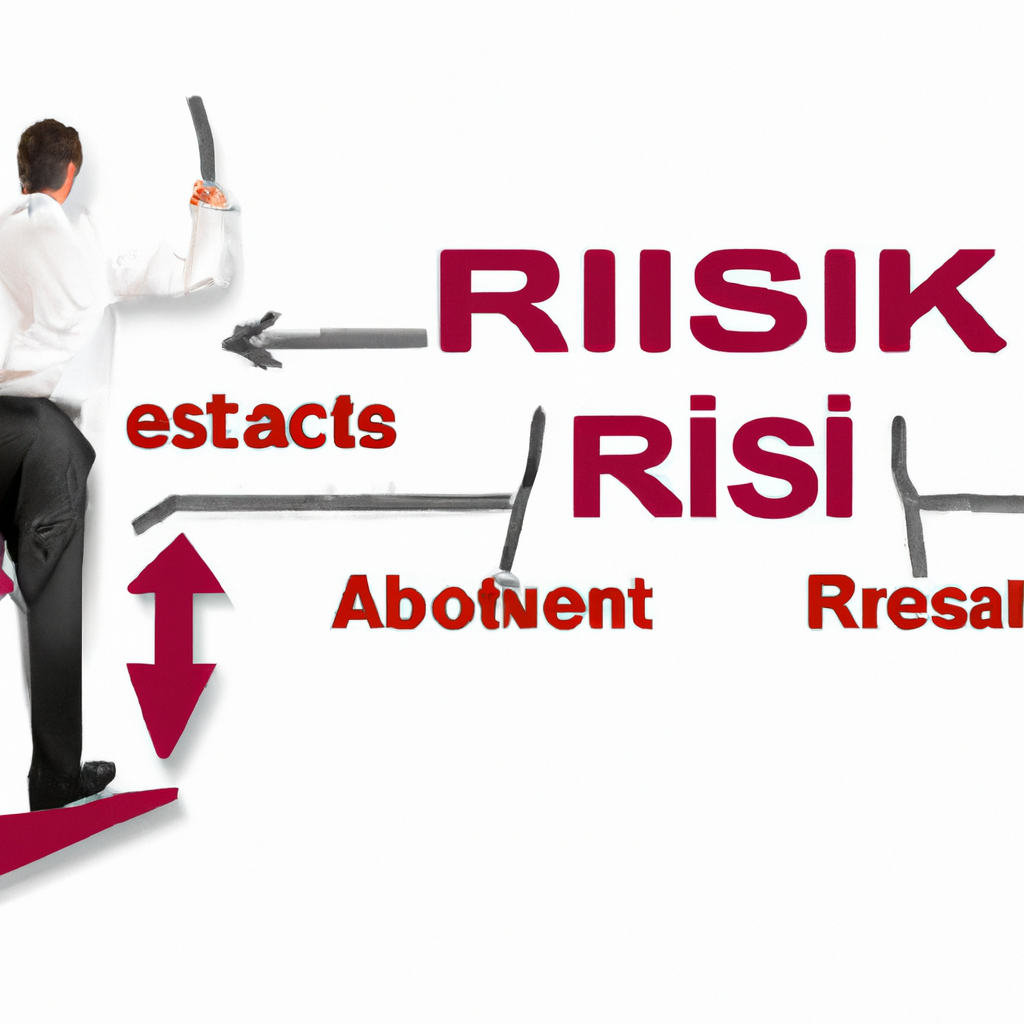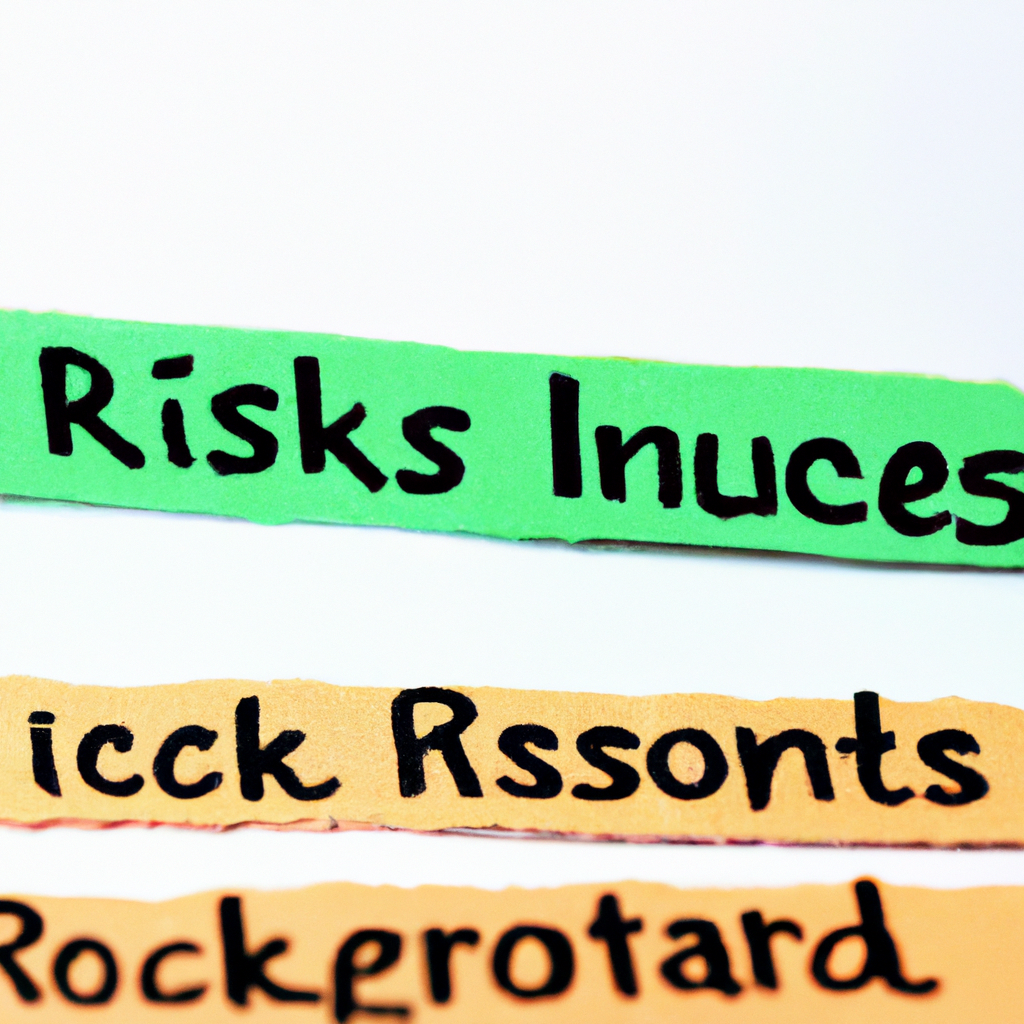How to Build an Investment Portfolio from Scratch
Introduction
Building an investment portfolio from scratch can seem like a daunting task, but with the right approach and knowledge, it can be a rewarding and profitable endeavor. In this article, we will guide you through the steps to create a diversified investment portfolio that aligns with your financial goals and risk tolerance.
Assess Your Financial Goals and Risk Tolerance
Before you start building your investment portfolio, it is important to assess your financial goals and risk tolerance. This will help you determine the right mix of investments that will help you achieve your objectives while staying within your comfort level for risk.
Steps:
- Identify your short-term and long-term financial goals
- Evaluate your risk tolerance by considering factors such as your age, income, and investment experience
- Determine your investment time horizon
Understand Different Asset Classes
There are several asset classes you can invest in, each with its own risk and return characteristics. Understanding these asset classes will help you build a diversified portfolio that can weather market fluctuations.
Asset Classes:
- Stocks
- Bonds
- Real Estate
- Commodities
- Cash and Cash Equivalents
Allocate Your Assets
Asset allocation is the process of dividing your investment portfolio among different asset classes to achieve a balance between risk and return. A well-diversified portfolio can help reduce volatility and improve overall returns.
Steps:
- Determine your target asset allocation based on your financial goals and risk tolerance
- Allocate your assets among different asset classes such as stocks, bonds, and real estate
- Rebalance your portfolio periodically to maintain your desired asset allocation
Choose Investments
Once you have determined your asset allocation, it is time to choose specific investments within each asset class. Consider factors such as fees, performance, and risk when selecting investments for your portfolio.
Considerations:
- Invest in low-cost index funds or ETFs for broad market exposure
- Diversify within each asset class to reduce risk
- Consider your investment time horizon when selecting investments
Monitor and Adjust Your Portfolio
Building an investment portfolio is not a one-time task. It requires ongoing monitoring and adjustments to ensure that it continues to align with your financial goals and risk tolerance. Regularly review your portfolio and make changes as needed.
Steps:
- Monitor the performance of your investments regularly
- Rebalance your portfolio as needed to maintain your target asset allocation
- Consider tax implications when making changes to your portfolio
Conclusion
Building an investment portfolio from scratch requires careful planning and consideration of your financial goals and risk tolerance. By following the steps outlined in this article, you can create a diversified portfolio that can help you achieve your investment objectives over time.


